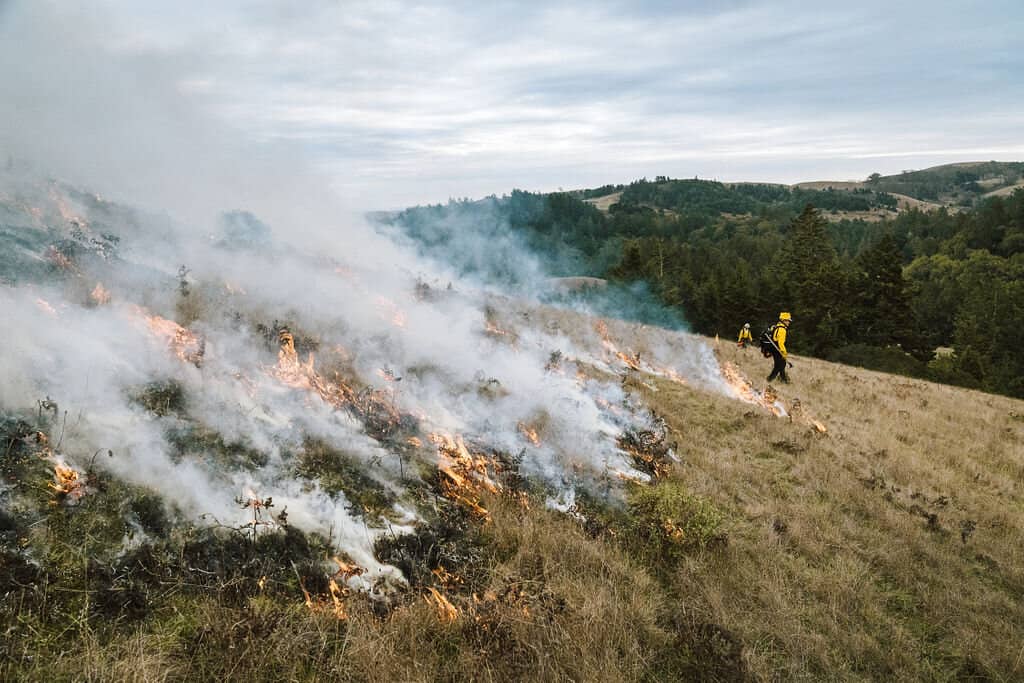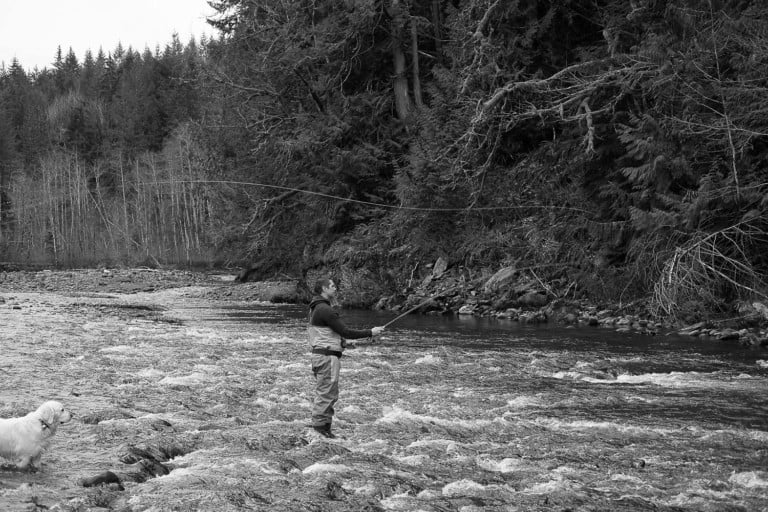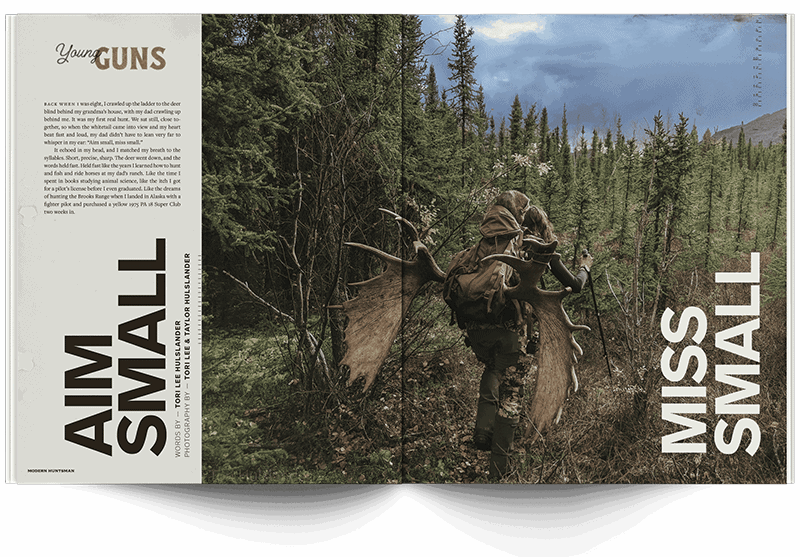Great things could lie ahead for American hunters. As new priorities give rise to the public’s engagement with nature, Lindsey Davis explores the shifting opportunities and threats to the modern hunter’s landscape.
Fires raged across North America this year, leaving devastation in their wake, and uncovering the complicated matrix of human, environmental and political factors that surround their management and impact. More than 8.8 million acres burned in over 52 thousand fires. This is approximately 2.3 million more acres burned than the 10-year average, and almost double the acreage burned in the 2019 fire season.* This month, we explore how we got here, through the history of indigenous land management and fire regimes, generations of suppression in conservation, decreasing federal budgets, and climate change to understand how we might evolve our existence in fire ecologies.
It wasn’t until I lived in the oak woodland in northern California that I learned what it meant to live in a fire ecology. This region has a rich history with fire. If you scratch the surface, you find native grasslands that thrive when annually burned, seeds and cones that depend on the heat of fire for germination, canopies healthy because of smoke, and the stories of indigenous people who tended to these ecosystems with fire for thousands of years.
California plants, like many others, evolved with fire as a natural environmental factor. It is estimated that between 5.6 million and 13 million acres of California burned annually under both lightning and indigenous people’s fire regimes. Deliberate burning increased the abundance and density of edible tubers, greens, fruits, seeds, and mushrooms; enhanced feed for wildlife; controlled the insects and diseases that could damage wild foods and basketry material; increased the quantity and quality of material used for basketry and cordage; and encouraged the sprouts used




